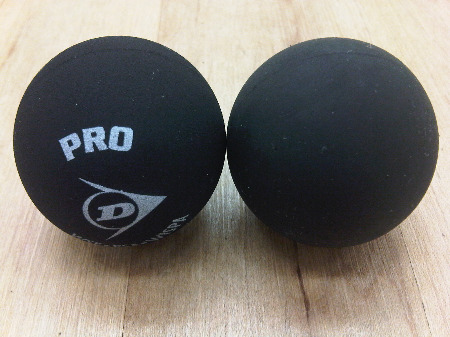

However, aside from its culinary purposes, a pumpkin can also be used as a decoration especially during autumn and Halloween. In other words, a pumpkin is a squash but not all squash are pumpkins.īoth are fleshy, delicious, and nutritious. Its color and shape can vary depending on its species. Conversely, a squash is any edible herbaceous vine that belongs to the Cucurbitaceae family. The word “pumpkin” does not have any botanical meaning but is actually a common term used to refer to any round, orange squash (mostly belonging to the species Cucurbita pepo and Cucurbita maxima). What, then, is the difference between a pumpkin and a squash? The upper part is compact, dense flesh that is great for roasting. It’s the part most similar to regular pumpkins. That larger end is where the seeds and the ’empty’ part is.

A butternut squash is similar to an orange-cream zucchini, with a very enlarged, bulbous end. Although it is famous for soups, it is actually very versatile and can also be baked, roasted, or sautéed. A pumpkin is round, and possibly flattened at times. The squash is a great source of vitamin A, vitamin C, cucurmosin, cucurbitacin, and cucurbitin. Winter squash – cushaws, hubbards, butternut, and banana squash.Summer squash – zucchini, pattypan, crookneck, and straightneck squash.The fruits’ shape and color vary depending on the species. On the other hand, a squash is an edible herbaceous vine that belongs to the Cucurbitaceae family. During the Halloween, pumpkins are carved into different designs and are called jack-o-lanterns.ĭifference between a Bobcat and a Mountain Lion Different types of squashes However, aside from its culinary purpose, it can also be used as an animal feed or an ornament, especially during the autumn. It is also great for pumpkin soup and pumpkin bread. The pumpkin is the main ingredient in pumpkin pies, which is a traditional food usually served during Thanksgiving in the United States and Canada. It also contains a moderate content of vitamin C and traces of fiber, calcium, and potassium.

It is a great source of vitamin A and beta-carotene (which gives it the deep orange color). In general, a pumpkin is 92% water, 6.5% carbohydrates, and the rest is fat and protein. Its shell, flesh, seeds, flowers, and even leaves can be eaten. It is usually dark yellow or deep orange and can weigh from 6-18 pounds. Compare Converseen VS PhotoBulk and see what are their differences Kimp. It is a generic term that refers to any round orange squash usually belonging to the species Cucurbita pepo and Cucurbita maxima.Ī pumpkin has a thick, ribbed, smooth shell. The term pumpkin actually has no botanical definition. Pumpkin Squash A common term used to refer to any round, orange squash (mostly belonging to the species Cucurbita pepo and Cucurbita maxima) Any edible herbaceous vine that belongs to the Cucurbitaceae family its color and shape can vary depending on its species Can be eaten and also be used as a decoration for autumn Mainly used for culinary purposes and infrequently used as an ornament Descriptions A kind of squash typically called a “pumpkin”


 0 kommentar(er)
0 kommentar(er)
